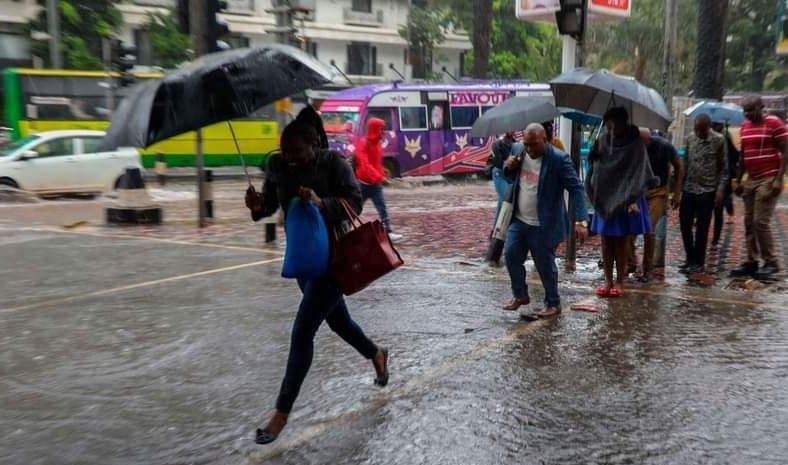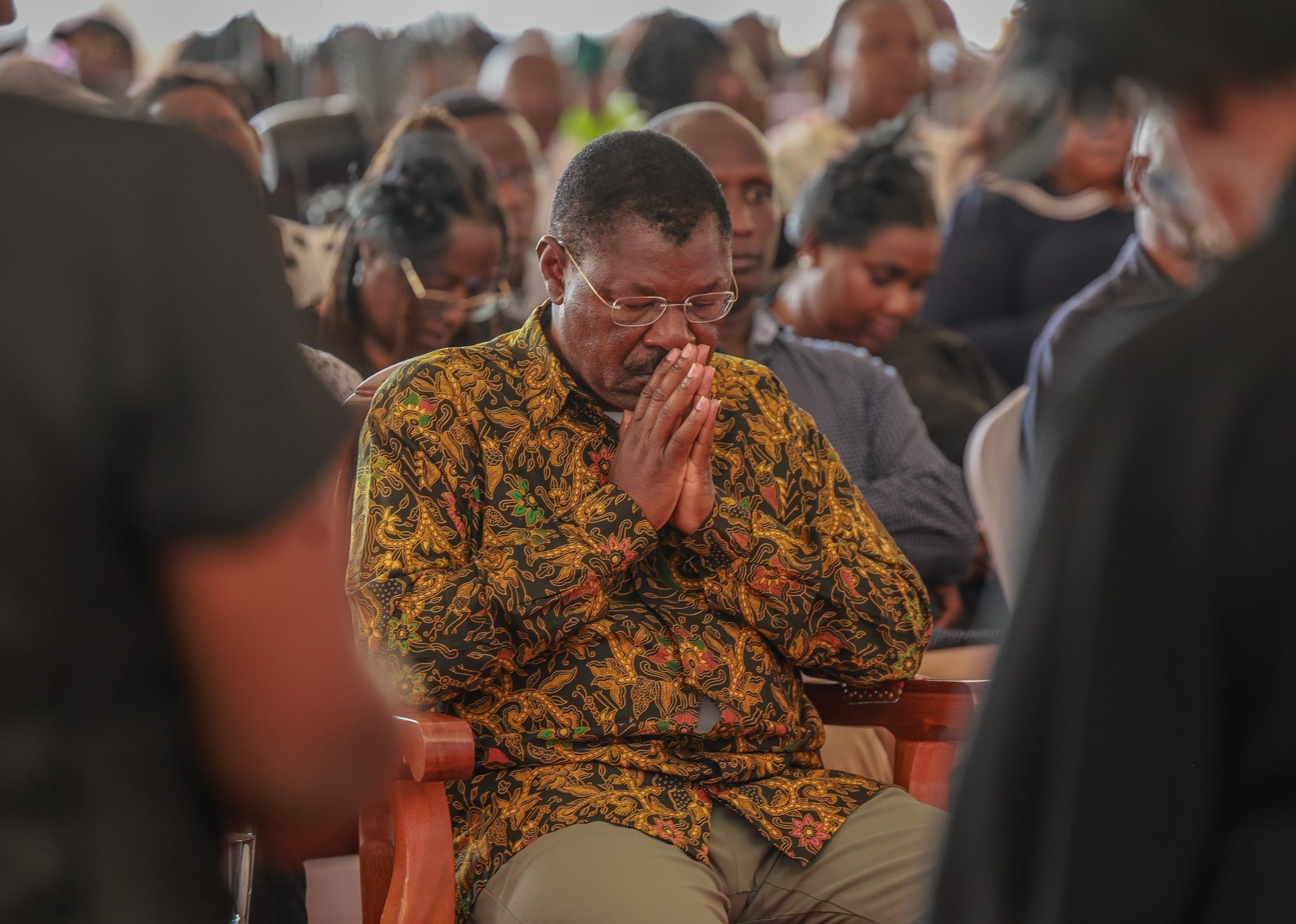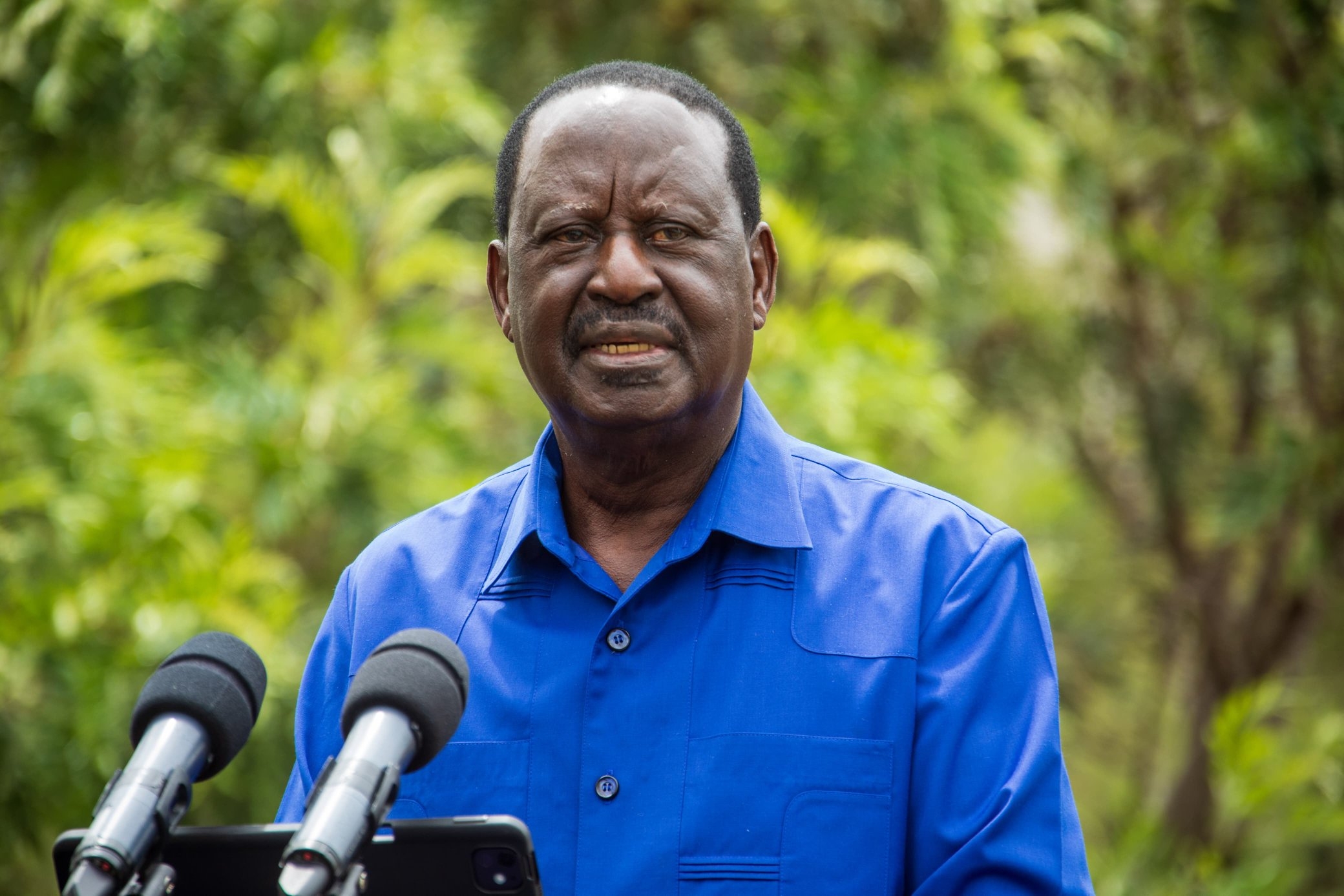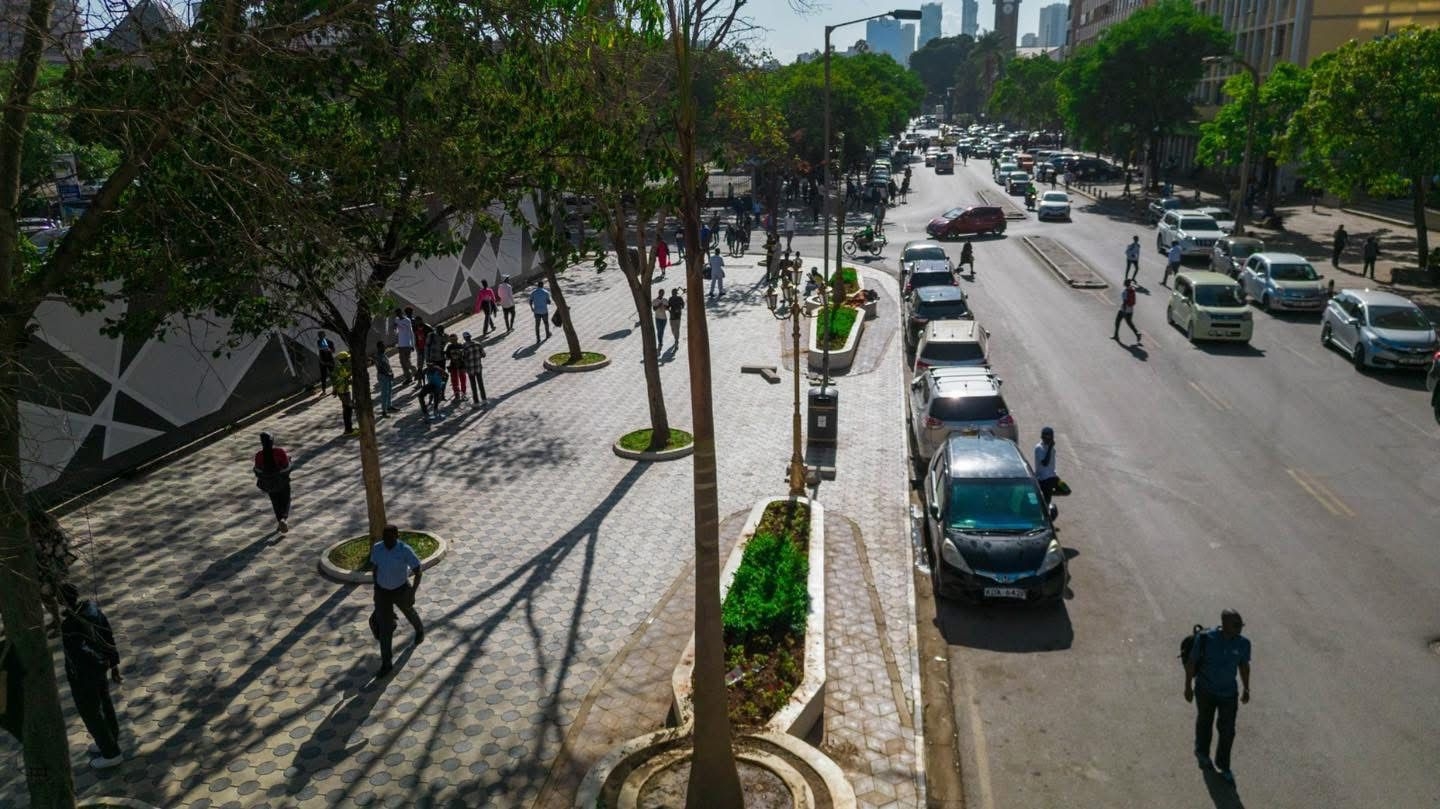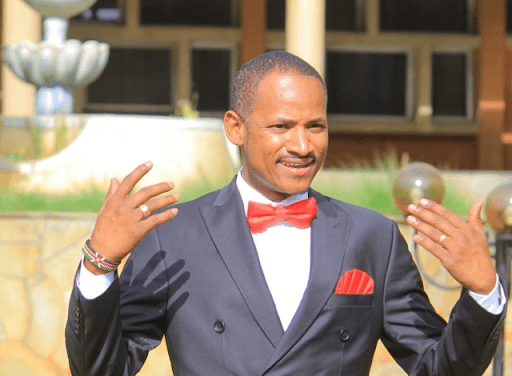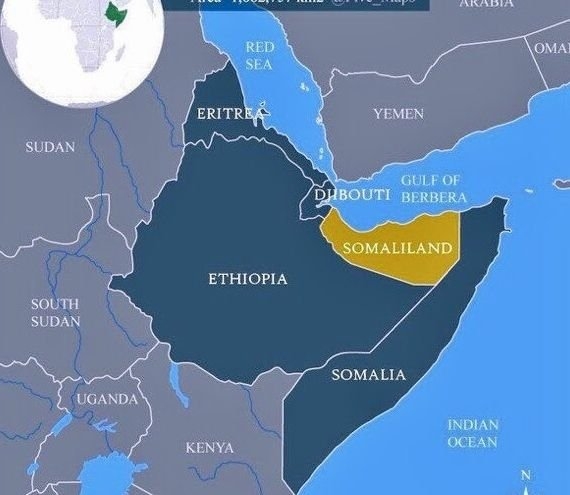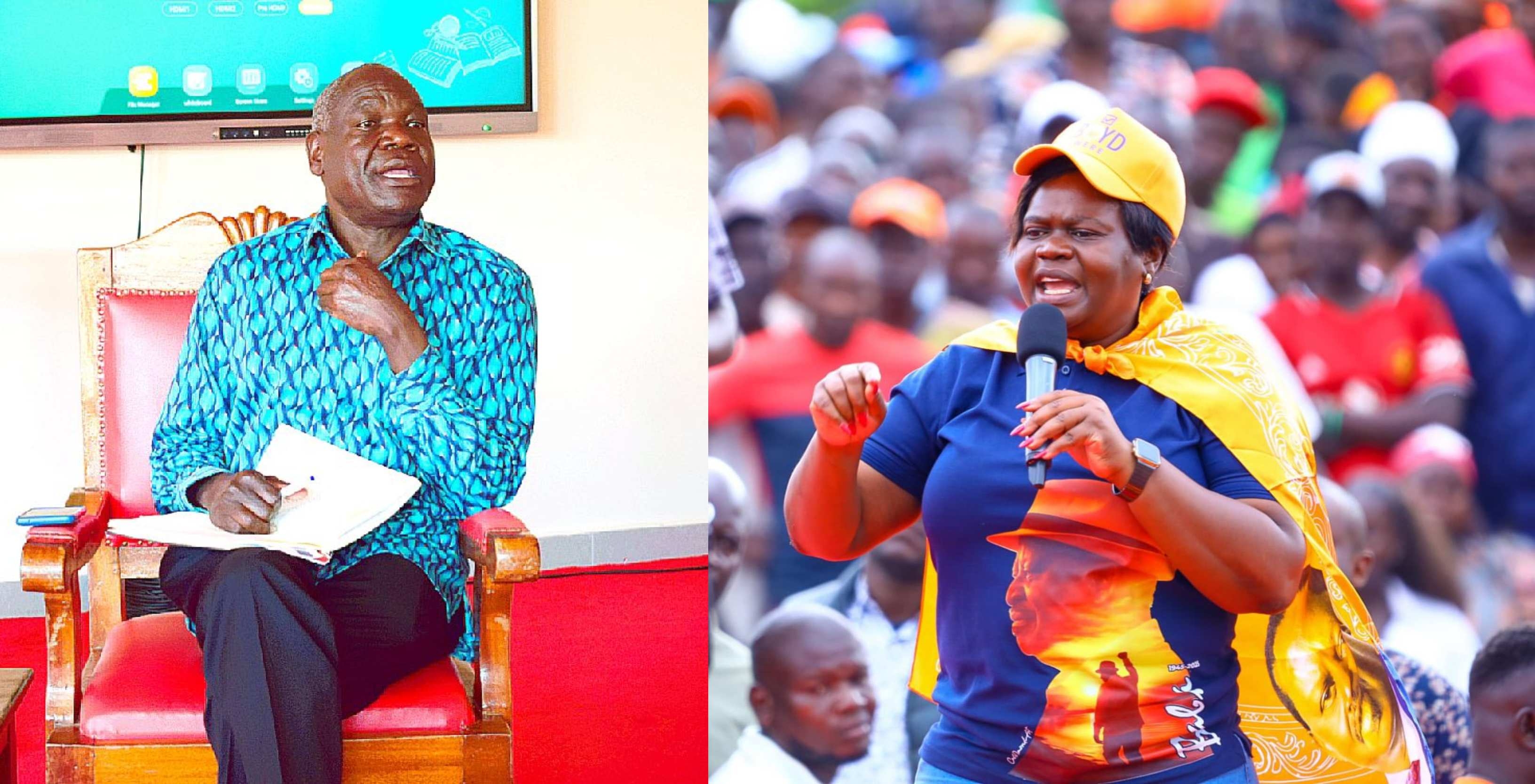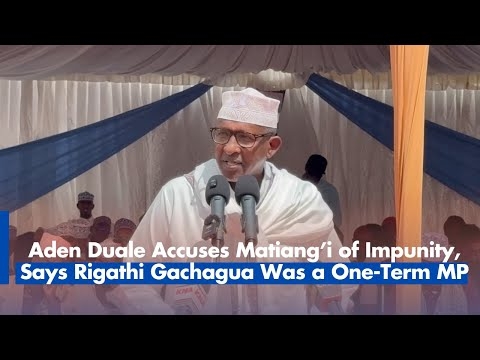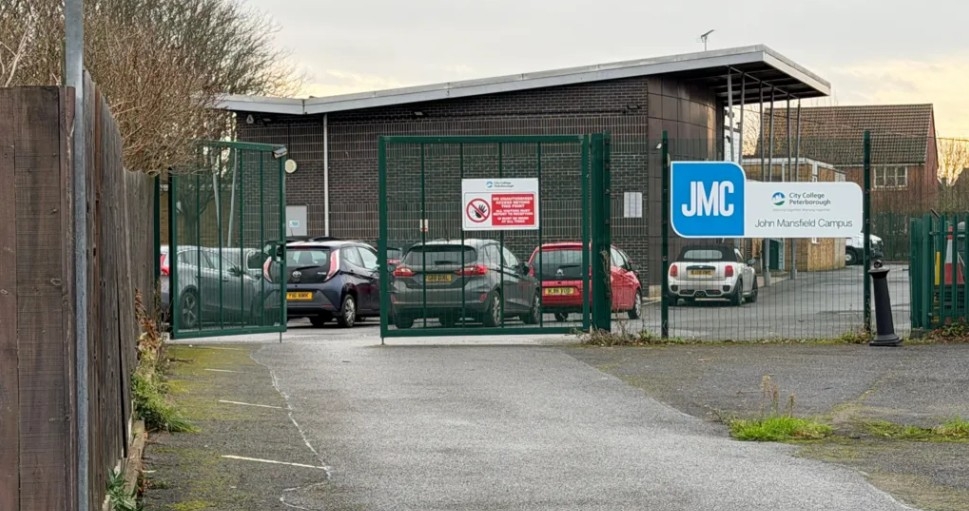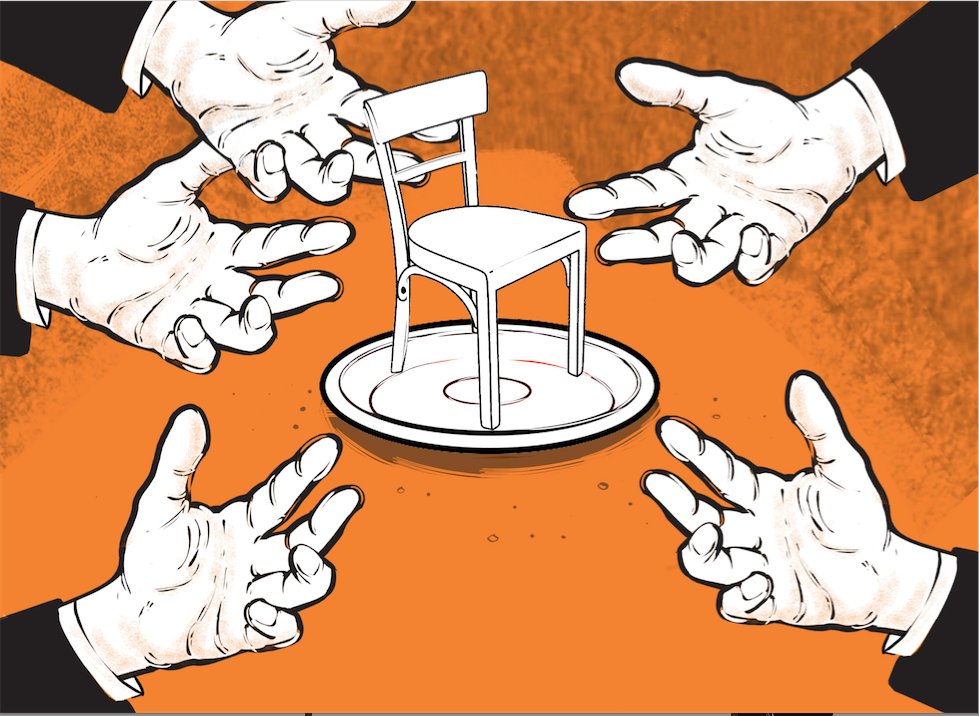
Raila Odinga’s death leaves a gaping hole at the heart of the Orange Democratic Movement party. For two decades, Baba, as he was fondly referred to by his supporters, held the party together, towering above factional fights and personal ambitions.
Without him, ODM now faces its biggest test yet: reorganise quickly or risk splintering into irrelevance. The cracks are already visible, from the mixed messages at Raila’s funeral to the growing rifts in Western and Nyanza regions. The once solid Orange family is showing signs of potential fracture.
In Kakamega, a protracted power struggle between Wycliffe Oparanya, former governor and current Cabinet Secretary for Co-operatives and Micro, Small and Medium Enterprises Development, and the current governor, Fernandes Barasa, has exposed the dangers ahead—a perfect case of local rivalries escalating into a national headache.
The former Western province is no longer ODM’s guaranteed turf, and personal feuds threaten to erode the party’s grassroots support in the region. Senator Edwin Sifuna’s criticism of ODM’s warming ties with Kenya Kwanza only adds fuel to the fire in this region.
In Luo Nyanza, an ideological split is widening. On the one side stand leaders such as Treasury CS John Mbadi, Energy CS Opiyo Wandayi, Homa Bay Governor Gladys Wanga, Siaya Senator Oburu Oginga and Ida Odinga—all open to working with President William Ruto’s administration.
On the other side are opposition hardliners such as Embakasi East MP Babu Owino and Siaya Governor James Orengo, who fiercely reject any rapprochement with Kenya Kwanza administration. The risk of a formal split is real.
Meanwhile, in Kisii, deputy party leader Governor Simba Arati is keeping his cards close to his chest amid reports of a presidential bid by Dr Fred Matiang’i—a move said to have backing from former President Uhuru Kenyatta.
Down at the Coast, ODM faces a different but equally pressing challenge. Blue Economy CS Hassan Joho has publicly declared his intention to run for the presidency in 2032, a move that requires him to start consolidating power now. To do so, he will need to assert significant influence within ODM, potentially unsettling leaders from Nyanza and Western. It’s a political headache and a delicate balancing act the party cannot afford to ignore.
So, what next for the Orange party?
First, ODM should embrace a collegiate national leadership model. A small national coordinating council with representatives drawn from all eight former provinces. This would replace the old one-man structure, ensuring inclusivity and regional balance. However, such a system will only work if supported by clear decision-making rules to prevent paralysis.
Second, ODM should develop a clear decision-making framework to guide collective leadership under this collegiate model.
However, the bolder and more controversial option would be to invite President William Ruto back into ODM. Unthinkable as it sounds, Ruto, a founding member, is the only individual capable of bridging ODM’s internal divides. Raila’s vast support base remains a political prize any serious contender would want to inherit, and Ruto has both the appetite and the leverage to do it.
ODM stands at a crossroads. Without Raila, its most formidable glue is gone. The party should quickly reinvent itself through institutionalising inclusive leadership, clear processes, managing regional fault lines and renewed identity or risk fading into history. If it gets it right, ODM could emerge stronger, more democratic and a true reflection of Kenya’s evolving multiparty maturity, ready to compete credibly in 2027 and beyond.
Political commentator


